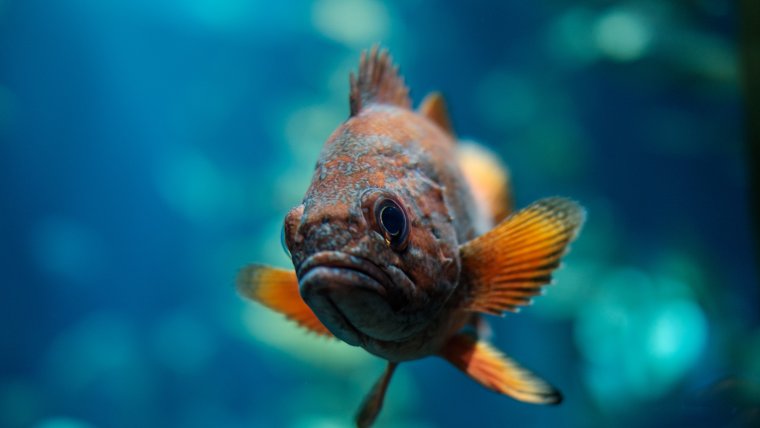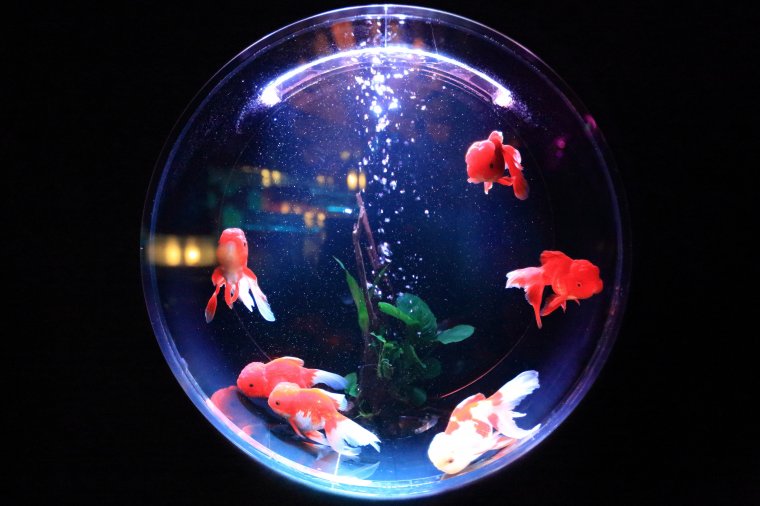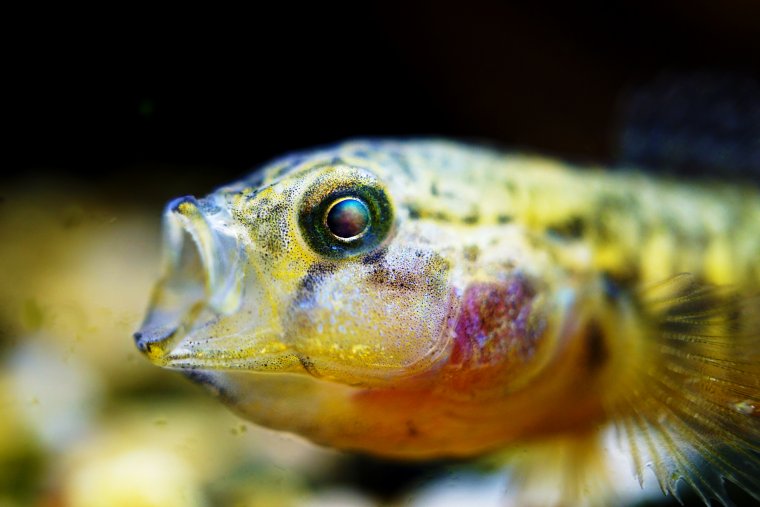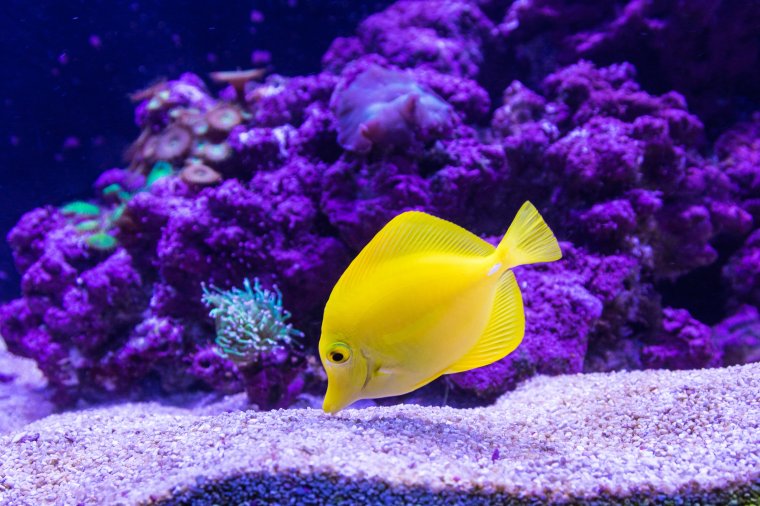
Being one of the most popular pets in the world, fish make great pets. The ease and convenience of owning fish (as opposed to other pets such as dogs or horses) is a big factor in their popularity. They are great for kids and busy adults alike. Furthermore, there is a wide availability of fish and different fish species all over the world. Fish are a unique pet to photograph because they live in water. This means that they’ll be living in a fishbowl or fish tank. Fish tanks can pose an especially tough challenge when it comes to lighting. Because there the lighting conditions are limited in a fish tank, it may be necessary to bring special equipment to light up the tank. We will discuss this and other tips in this article on how to photograph pet fish.

This step is by far the most important and has the largest impact on how successful your photography will turn out. Being able to light the fish enough so that you can use a decently fast shutter speed is essential. Eliminating glare is also important. It is a good idea to either shoot at night or close the blinds and cover any reflective surfaces in the room when taking photos of fish inside a fish bowl or tank. Be sure the pet owner cleans the fishbowl or tank before you come over. A clean glass surface will help the light travel through better and of course looks better in photos. To light the tank, you’ll need at the very least an overhead aquarium light. Ideally, you’ll want off-camera slave flashes that are connected to your camera. The main flash should be directly overhead of the fish tank, while the secondary flash should be at a 45-degree angle to the right or left. This secondary flash provides fill lighting to the sides of the fish so the lighting looks more natural.
It will take some time to test the lighting to make sure that it is sufficient and looks natural. Try experimenting with different lighting setups and adjust the flash intensity as you see fit. This will take some time, so be sure to budget the time accordingly. Remember that the goal of flash and overhead lights are to properly expose the camera for the fish. If the fish you are photographing are slow moving, you may not even need off-camera flashes. Experiment and see what you can get away with. Then add lighting as needed.

Macro shots of fish inside an aquarium can be tough to capture, but they are highly rewarding! Again, an essential ingredient is having great lighting. The secondary most important ingredient is having a stable camera to capture the fish. Because light is already a limiting factor in pet fish photography, shots will be taken with a slower shutter speed than usual. Stability from a tripod is thus extra important in order to achieve a sharp photo. Image stabilization technology is also helping this regard. Many camera manufacturers have produced lenses or camera bodies with image stabilization. If pet fish photography is something that you will be investing a lot of time and energy in, it would be a good idea to invest in equipment with the image stabilization feature.

Fish photography requires fast shutter speeds. For this reason, lenses that have a high maximum aperture such as f/1.4 or f/1.8 are much better suited to fish photography than slower lenses. By letting in more light, these lenses allow the shutter to be open for a shorter amount of time and still have enough light in the photo. A few recommended lenses would be the Canon 85mm f/1.8 or f/1.4, or the Canon 50mm f/1.4. The high maximum aperture also allows the photographer to create a nice bokeh effect – the background blur. The smaller the depth of field due to a larger aperture, the smoother the background blur. A good rule of thumb is to try to aim for a shutter speed of 1/125 or faster. You may need to crank up the ISO settings in order to achieve a faster shutter speed.
Happy shooting!
Comments (0)
There are no comments yet.